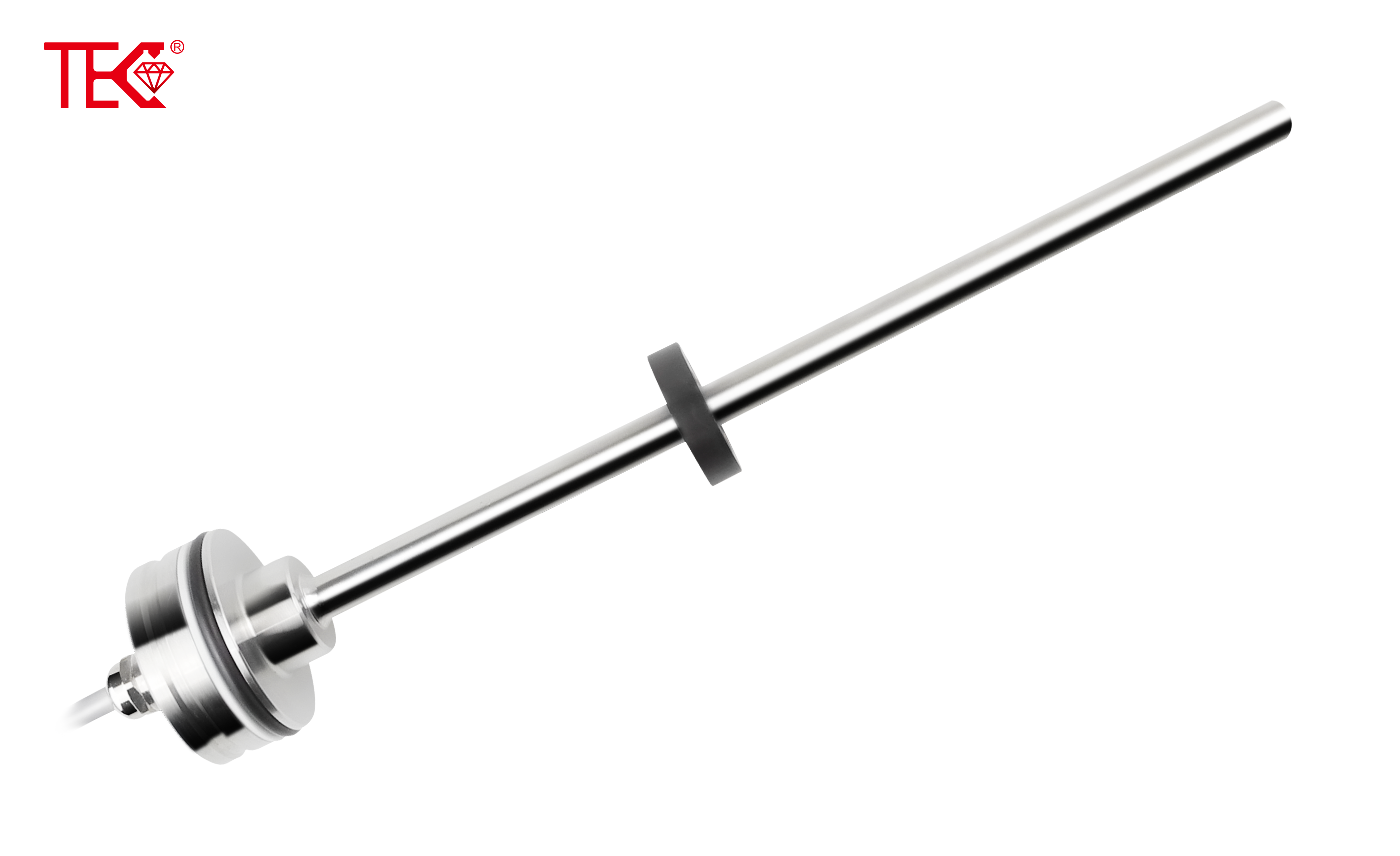What communication protocols do magnetostrictive sensors support?
Magnetostrictive sensors represent sophisticated technological instruments designed for precise position and level measurement across numerous industrial applications. These devices operate based on the magnetostrictive principle where a magnetic field interacts with a ferromagnetic waveguide to generate torsional stress waves. The time difference between wave generation and return signal detection enables exceptionally accurate position tracking of multiple floats or magnets along the sensor's length. Their robust construction and non-contact measurement capability make them ideal for harsh industrial environments including hydraulic systems, tank level monitoring, and automated manufacturing processes.
Analog 4-20mA Current Loop: The Industrial Standard
The 4-20mA analog interface remains the most universally adopted communication method for magnetostrictive sensors in industrial settings. This robust protocol transmits position data through a variable current signal where 4mA typically represents the zero position and 20mA corresponds to the full-scale measurement. Its simplicity and noise immunity make it particularly suitable for long-distance transmission in electrically noisy environments. Many magnetostrictive sensors feature programmable output ranges allowing customization for specific application requirements while maintaining compatibility with existing PLC and control systems without additional hardware interfaces.
HART Protocol: Analog-Digital Hybrid Solution

Highway Addressable Remote Transducer (HART) protocol enhances traditional 4-20mA systems by superimposing digital communication signals onto the analog current loop. This bidirectional protocol enables advanced configuration, calibration, and diagnostic capabilities while maintaining compatibility with existing analog infrastructure. Magnetostrictive sensors equipped with HART support allow remote device parameterization, real-time status monitoring, and troubleshooting without physical access to the sensor. The digital communication occurs at 1200 bps using frequency-shift keying (FSK) technology, ensuring reliable data exchange alongside the primary analog measurement signal.
PROFIBUS DP: Deterministic Digital Communication
PROFIBUS DP (Decentralized Peripherals) provides high-speed digital communication specifically designed for industrial automation systems. Magnetostrictive sensors with PROFIBUS DP interface operate as slave devices within the network, transmitting position data and diagnostic information to master controllers such as PLCs or DCS systems. This protocol supports baud rates up to 12 Mbps with deterministic response times, making it ideal for applications requiring precise synchronization with other automation components. The standardized GSD (General Station Description) files ensure seamless integration with various control systems while supporting multiple diagnostic functions.
DeviceNet: CAN-Based Industrial Networking
DeviceNet protocol, built upon Controller Area Network (CAN) technology, offers a robust solution for connecting magnetostrictive sensors in distributed control architectures. This open network protocol supports both point-to-point and multi-drop configurations, allowing multiple sensors to communicate through a single bus connection. DeviceNet provides power and communication through a single cable, reducing installation complexity and cost. Magnetostrictive sensors with DeviceNet interface typically support predefined connection sets for position data, configuration parameters, and diagnostic information, facilitating straightforward integration with compatible control systems.
IO-Link: Point-to-Point Sensor Connectivity
IO-Link represents an emerging standard for point-to-point communication between sensors and controllers, gaining significant traction in modern industrial applications. Magnetostrictive sensors with IO-Link interface provide comprehensive digital communication including parameter transfer, event notification, and detailed diagnostic information beyond simple position data. This protocol enables automatic parameter restoration during device replacement, significantly reducing downtime and maintenance efforts. The standardized connector system and cable specifications ensure interoperability across devices from different manufacturers while maintaining reasonable implementation costs.
Protocol Selection Considerations for System Integration
Selecting the appropriate communication protocol for magnetostrictive sensors requires careful evaluation of multiple factors including existing infrastructure, data requirements, environmental conditions, and total cost of ownership. While analog interfaces suit simple applications with limited data needs, digital protocols offer enhanced diagnostics and configuration capabilities. System architects must consider network topology, response time requirements, and future expansion plans when specifying communication interfaces. The trend toward digital industrial networks continues to grow, with many modern magnetostrictive sensors offering multiple protocol options to accommodate diverse application requirements.
 UpgradingYourLevelMeasurementS
UpgradingYourLevelMeasurementS
 Why are magnetostrictive level
Why are magnetostrictive level
 ComparingMagnetostrictiveandRa
ComparingMagnetostrictiveandRa
 MagnetostrictiveLevelSensorfor
MagnetostrictiveLevelSensorfor
